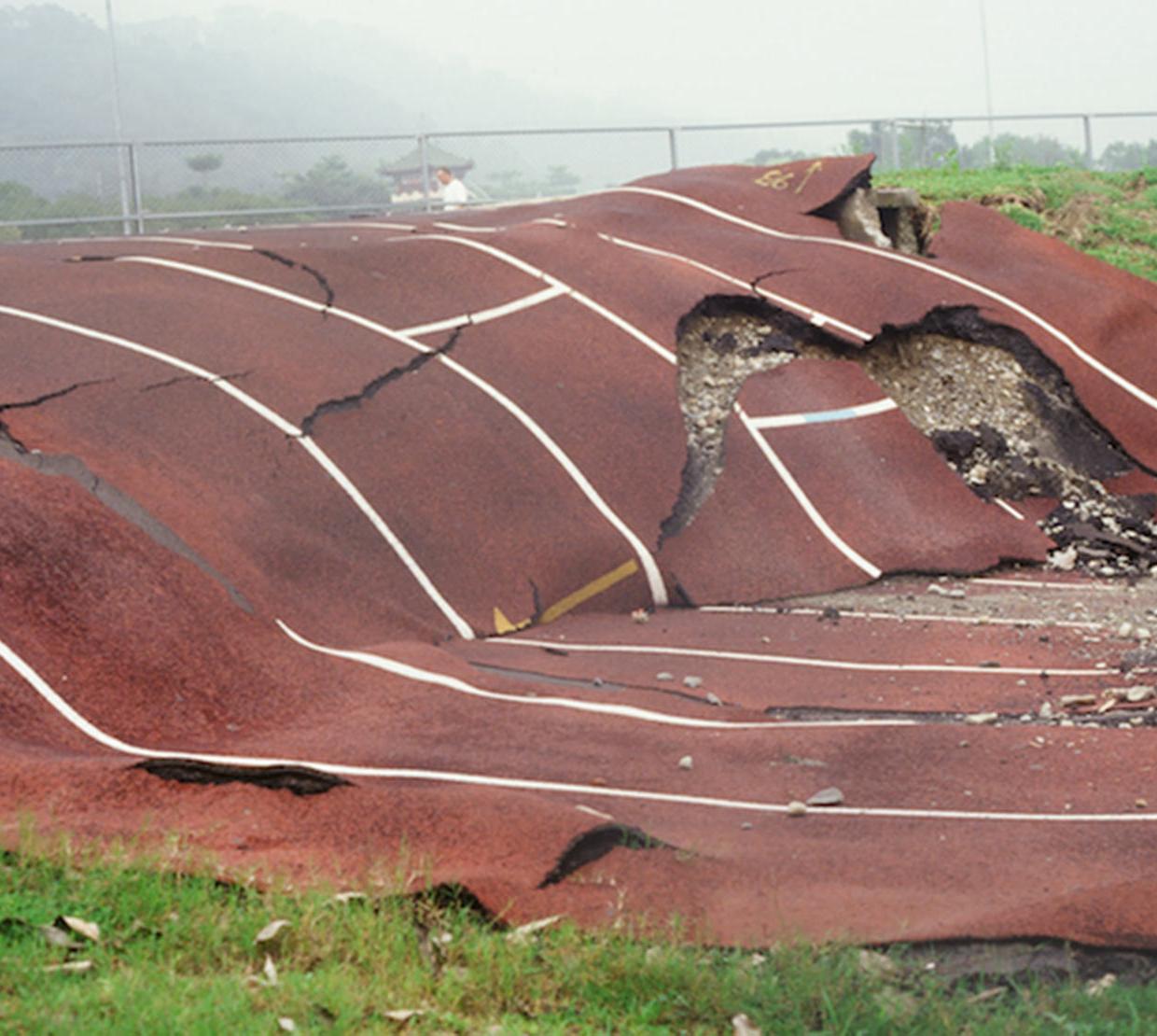New research shows that a big earthquake can not only cause other quakes, but large ones, and on the opposite side of the Earth.
The findings, published Aug. 2 in Nature Scientific Reports, are an important step toward improved short-term earthquake forecasting and risk assessment.
Statistician Debashis Mondal, collaborating with Robert O'Malley and Michael Behrenfeld of the College of Agricultural Sciences and Chris Goldfinger of the College of Earth, Ocean and Atmospheric Sciences, looked at 44 years of seismic data and found clear evidence that temblors of magnitude 6.5 or larger trigger other quakes of magnitude 5.0 or larger.
It had been thought that aftershocks – smaller magnitude quakes that occur in the same region as the initial quake as the surrounding crust adjusts after the fault perturbation – and smaller earthquakes at great distances – were the main global effects of very large earthquakes.
But the OSU analysis of seismic data from 1973 through 2016 – an analysis that excluded data from aftershock zones – using larger time windows than in previous studies, provided discernible evidence that in the three days following one large quake, other earthquakes were more likely to occur.
“The test cases showed a clearly detectable increase over background rates,” said the study’s corresponding author, Robert O’Malley. “Earthquakes are part of a cycle of tectonic stress buildup and release. As fault zones near the end of this seismic cycle, tipping points may be reached and triggering can occur.”
The higher the magnitude, the more likely a quake is to trigger another quake. Higher-magnitude quakes, which have been happening with more frequency in recent years, also seem to be triggered more often than lower-magnitude ones.




